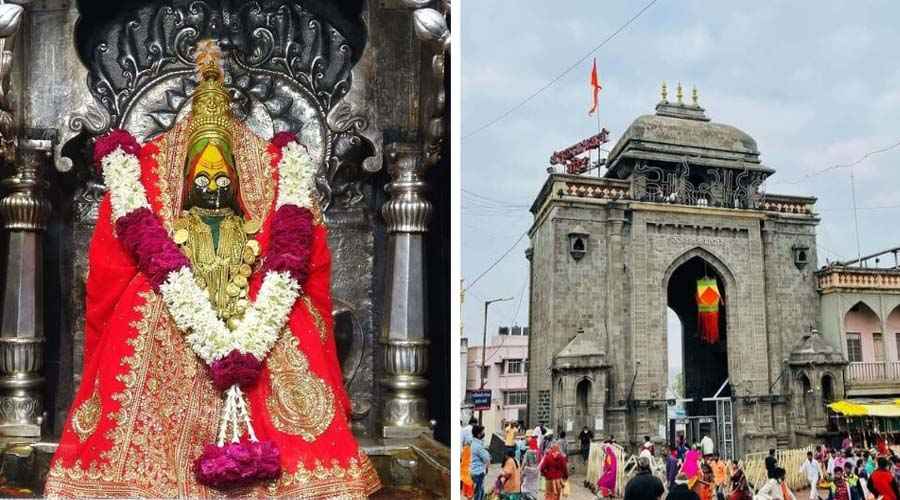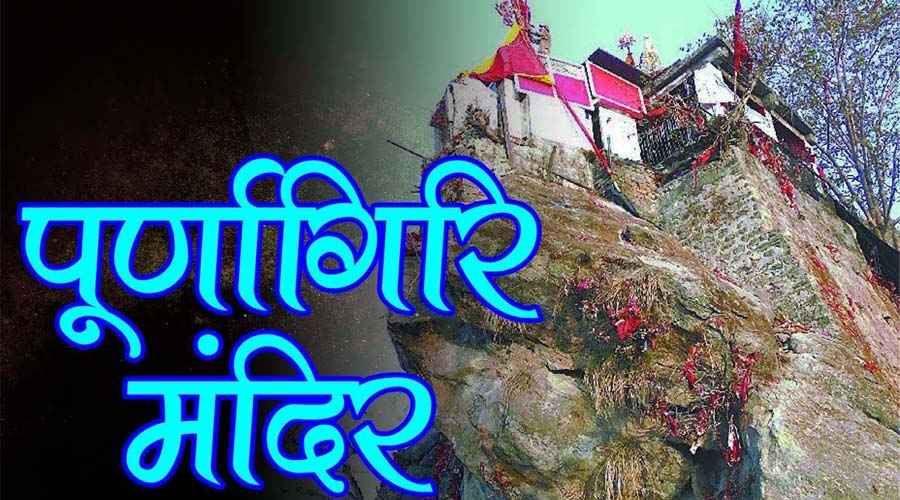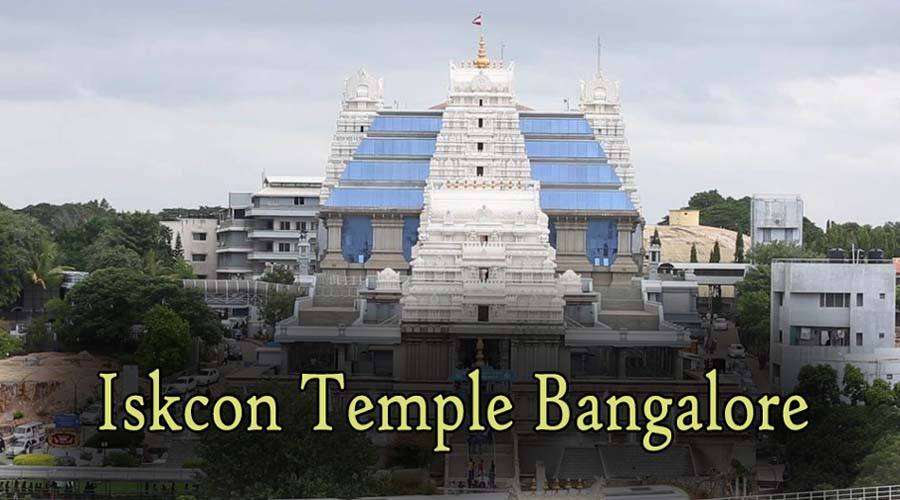Tulja Bhavani Temple is one of the most revered Hindu pilgrimage sites in Maharashtra, dedicated to Goddess Bhavani, a powerful manifestation of Goddess Parvati. Located in the town of Tuljapur in Osmanabad district, this temple holds immense spiritual, cultural, and historical importance. It is not only worshipped by lakhs of devotees from Maharashtra but also draws pilgrims from across India who believe in the protective and blessing power of the goddess.
Historical Background of Tulja Bhavani Temple
The Tulja Bhavani Temple is believed to have been built in the 12th century CE and is deeply associated with the ruling dynasties of the region. The temple gained prominence during the reign of the Yadava kings of Devagiri, who are said to have been ardent devotees of the goddess. Later, the Bhosale clan and the Maratha ruler Chhatrapati Shivaji Maharaj considered Bhavani Mata as their family deity (Kuldevi).
According to legend, it was Goddess Tulja Bhavani who blessed Shivaji Maharaj with a divine sword, the “Bhavani Talwar,” symbolizing her power and guidance in his mission to establish Swarajya (self-rule). This divine connection has made the temple even more significant in Marathi history and culture.
Mythological Significance
Hindu mythology narrates that Goddess Bhavani appeared in Tuljapur to protect the devotees from the demon Matang, who was harassing them. The goddess manifested in fierce form and defeated the demon, thereby restoring peace and harmony. She has since been worshipped as a mother goddess who protects her devotees from evil forces and blesses them with prosperity and strength.
Devotees believe Tulja Bhavani is a form of Shakti, combining nurturing motherhood with warrior spirit. Many families in Maharashtra consider her as their Kuldevi (family goddess) and visit the temple regularly for rituals and blessings.
Temple Architecture
The Tulja Bhavani Temple is a splendid example of Hemadpanthi architecture, made with basalt rock. The temple complex is fortified and has multiple entrances, with the main gateway known as Sardar Nimbalkar’s Gate. Upon entering, devotees encounter sacred tanks such as the Kallol Tirth, Gomukh Tirth, and Mangal Teerth which are used for ritual baths before worship.
The sanctum sanctorum (Garbha Griha) houses the idol of Goddess Bhavani, carved out of black stone and adorned with jewelry and colorful attire. With eight arms holding various weapons and symbols, the idol represents the goddess as a fierce protector.
The temple also has separate sections for performing Yagnas (fire rituals), offering coconuts, sarees, and other traditional offerings. The spiritual ambience, combined with the ancient stone carvings, leaves devotees with a deep sense of connection to the divine.
Rituals and Festivities
Daily rituals at Tulja Bhavani Temple include morning aarti, abhishekam, and evening prayers. Devotees offer coconuts, sarees, bangles, and flowers to seek blessings from the goddess. Special poojas are conducted for protection, health, and prosperity.
The temple sees its largest crowds during the Navratri festival, celebrated with grandeur and devotion. During Navratri, lakhs of devotees from Maharashtra, Karnataka, and Andhra Pradesh visit Tuljapur, often standing in long queues to catch a glimpse of the goddess and participate in rituals. Other important festivals include Dussehra, Diwali, and Chaitra Navratri, all marked with special ceremonies and cultural programs.
Connection with Chhatrapati Shivaji Maharaj
One of the most profound aspects of Tulja Bhavani Temple is its association with Chhatrapati Shivaji Maharaj, the legendary Maratha ruler. Historical accounts mention that Shivaji was an ardent devotee of Bhavani Mata and sought her blessings before significant military campaigns. The divine sword, believed to be bestowed upon him by the goddess herself, symbolizes courage, justice, and dharma.
Even today, Maratha families and Shivaji Maharaj’s descendants consider Tulja Bhavani as their guiding deity, visiting the temple in continuity with their tradition.
Visiting Tulja Bhavani Temple
- Location: Tuljapur, Osmanabad district, Maharashtra.
- Timings: The temple usually opens at 5:00 AM and closes around 9:00 PM. However, timings may vary during special occasions and festivals.
- Best Time to Visit: Navratri is the most popular time to experience the vibrant atmosphere, though the temple remains open year-round. Winter months (October to February) are considered ideal for travel.
How to Reach: Tulja Bhavani Temple
- By Air: The nearest airport is Solapur Airport (52 km) and Pune Airport (290 km).
- By Rail: The nearest railway station is Solapur Junction (44 km).
- By Road: Tuljapur is well-connected by buses and private taxis from Solapur, Latur, and Pune.
Tulja Bhavani Temple Nearby Attractions
Along with visiting the Tulja Bhavani Temple, travelers can explore nearby spots such as:
- Pandharpur – A famous pilgrimage town dedicated to Lord Vithoba (approx. 110 km away).
- Akkalkot Swami Samarth Temple – Dedicated to the saint Swami Samarth Maharaj.
- Naldurg Fort – A historic fort showcasing Maratha-era architecture.
Travel Tips for Devotees
- Plan your visit early in the morning to avoid large crowds.
- Dress modestly and follow temple customs respectfully.
- During Navratri, accommodations should be booked well in advance due to heavy pilgrim rush.
- Carry essentials such as water bottles and light snacks, especially if traveling with family.
Conclusion
Tulja Bhavani Temple is not just a pilgrimage center but a living spiritual symbol of devotion, strength, and protection. Rooted in history, enriched through mythology, and celebrated with immense faith, it continues to inspire millions of devotees. Whether you are a religious pilgrim seeking blessings or a traveler interested in culture and history, a visit to Tulja Bhavani Temple in Tuljapur is an unforgettable experience.


